3 Ways to Make Your Yoga Practice Your Own
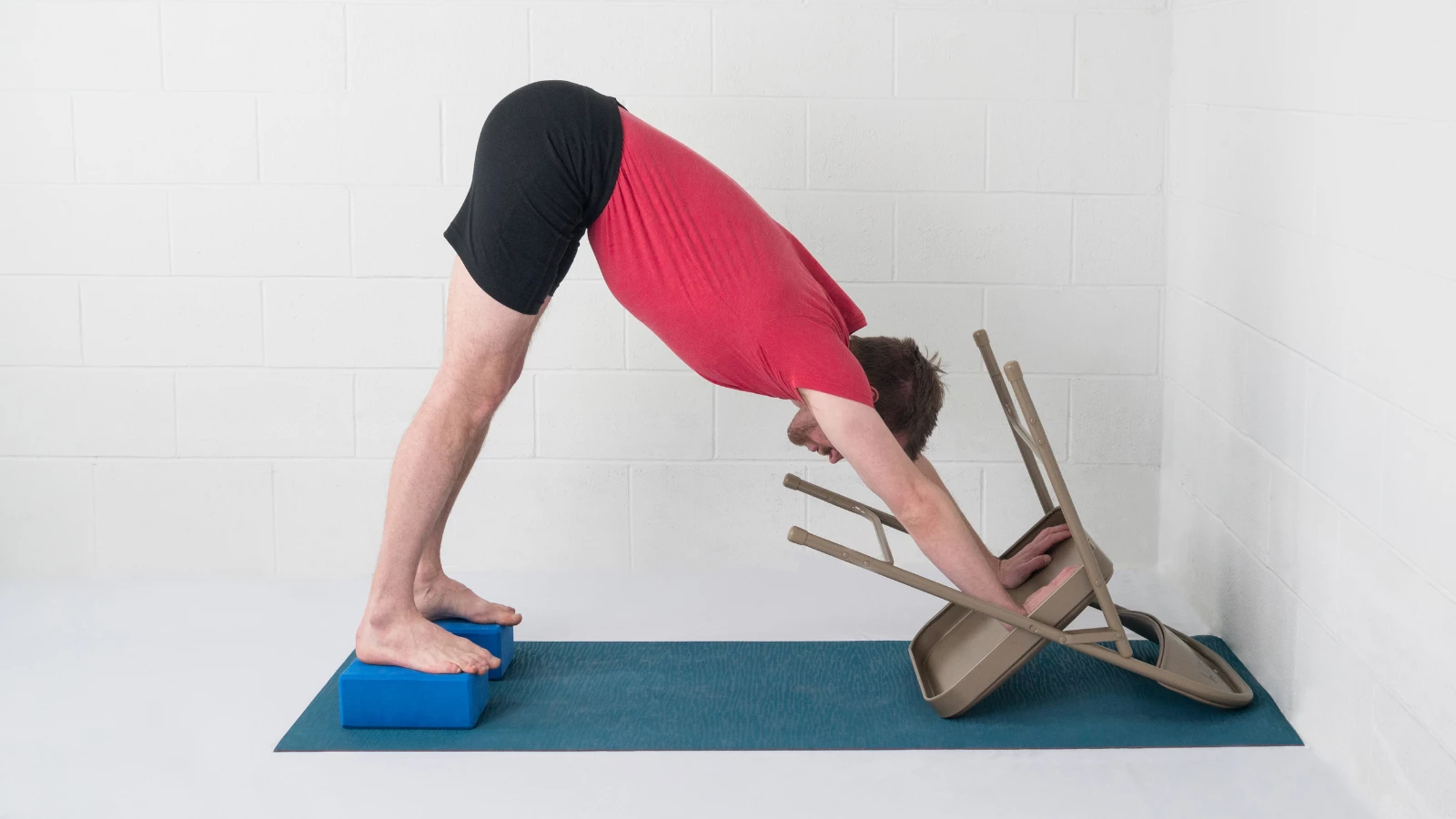
Knowledgeable, attuned teachers tell us to “make your practice your own.” Yet have you ever heard that and thought, but how? Being able to adjust our practice to our unique needs is a skill, just as much as is practicing a Headstand Pose (Sirsasana) or a fancy arm balance. It’s an important ability, and instructors guide us toward it because our own yoga will be the yoga that serves us best. We’re all unique individuals with our own constellation of life factors influencing us, so how could one yoga practice fit us all?
The more we practice, the more we learn as yoga practitioners—and as people, but perhaps that’s a conversation for another day. For example, through practice, we learn what seems to come naturally and what’s more difficult for us. Complicating that learning of ourselves is the fact that every time we come to the mat, we have different needs, desires, and abilities.
Thus, learning to make your yoga practice your own involves not only learning to create a practice that will best serve you as a yoga practitioner generally but also learning to create the kind of practice that will best serve you any time that you come to your mat. It’s all quite complex—beautifully and wonderfully so, this writer thinks. But we can break down how to make your practice your own into three components. Let’s jump in and practice!
How to Make Your Yoga Practice Your Own
1. When You Feel Pain, Back Off
Pain is essentially a warning signal from your body that a force is present with the potential to harm it, or is already harming it. Your body can’t speak to you in English, or any other human language, but it can speak to you with signals such as pain. For instance, say you’re forcing yourself into a Seated Forward Bend Pose (Paschimottanasana) (below), and you feel pain in your hamstrings. Your body is telling you that if you keep doing what you’re doing, or if you force the stretch further, you could tear a hamstring.
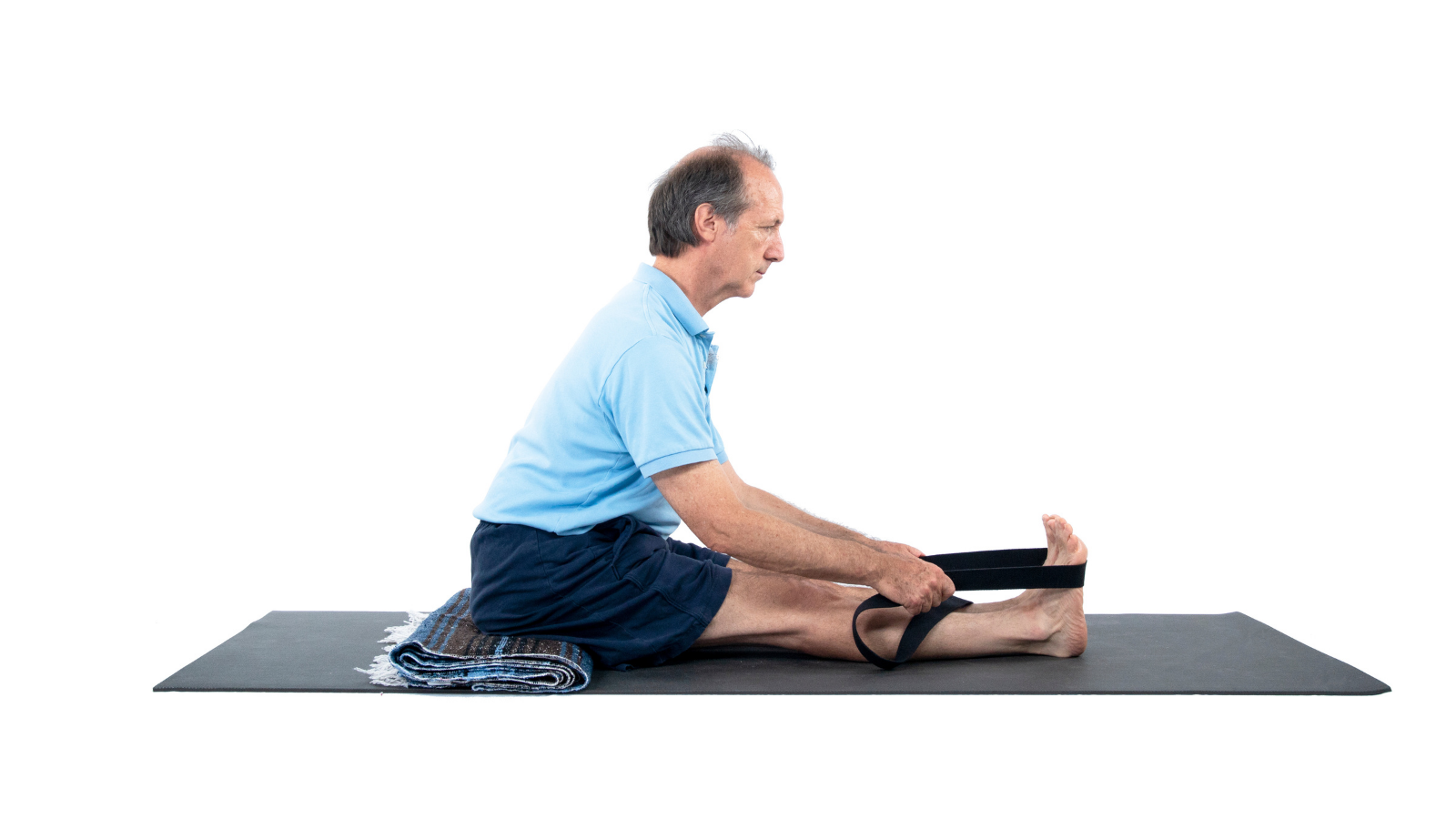
So, when your instructor is telling you to make your practice your own, part of that is not forcing things to the point where you experience pain. That might mean that you won’t stretch as far in Paschimottanasana as your next-mat neighbor, but their body isn’t yours. It’s zero reflection on you as a yoga practitioner or as a person. It’s just what it is.
Yet you might be able to mindfully stretch a bit more deeply, within your body’s limits, through breathing. You can try lengthening your spine as you breathe in, softening more deeply as you breathe out. That’s finding your best pose, within what’s available to you that day. It might not be as far as you could stretch last practice, but pain is a signal from your body that it’s in a different place today. Factors such as weather/climate, sleep, diet, and physical habits/activities all affect our bodies and minds. Every time we practice, we come to the mat in a different body.
2. Notice and Respond to the Quality of Your Breath
The quality of your breath is another potential warning signal from your body. It’s linked with the fight/flight/freeze response—becoming short, choppy, and shallow in preparation to react to a perceived threat or stressor. In contrast, breathing in a relaxed physical state is most often fluid, rhythmic, and full. Thus, gauging the quality of your breath is a way to gauge your stress levels and your system’s perception of any threat(s), on and off the yoga mat.
Accordingly, if you notice your breath being short, choppy, and shallow, perhaps it’s time for a Child’s Pose (Balasana) (below). What you’re attempting to do in practice may also be beyond the scope of your body’s ability on that particular day or more generally in your practice, at least for now.
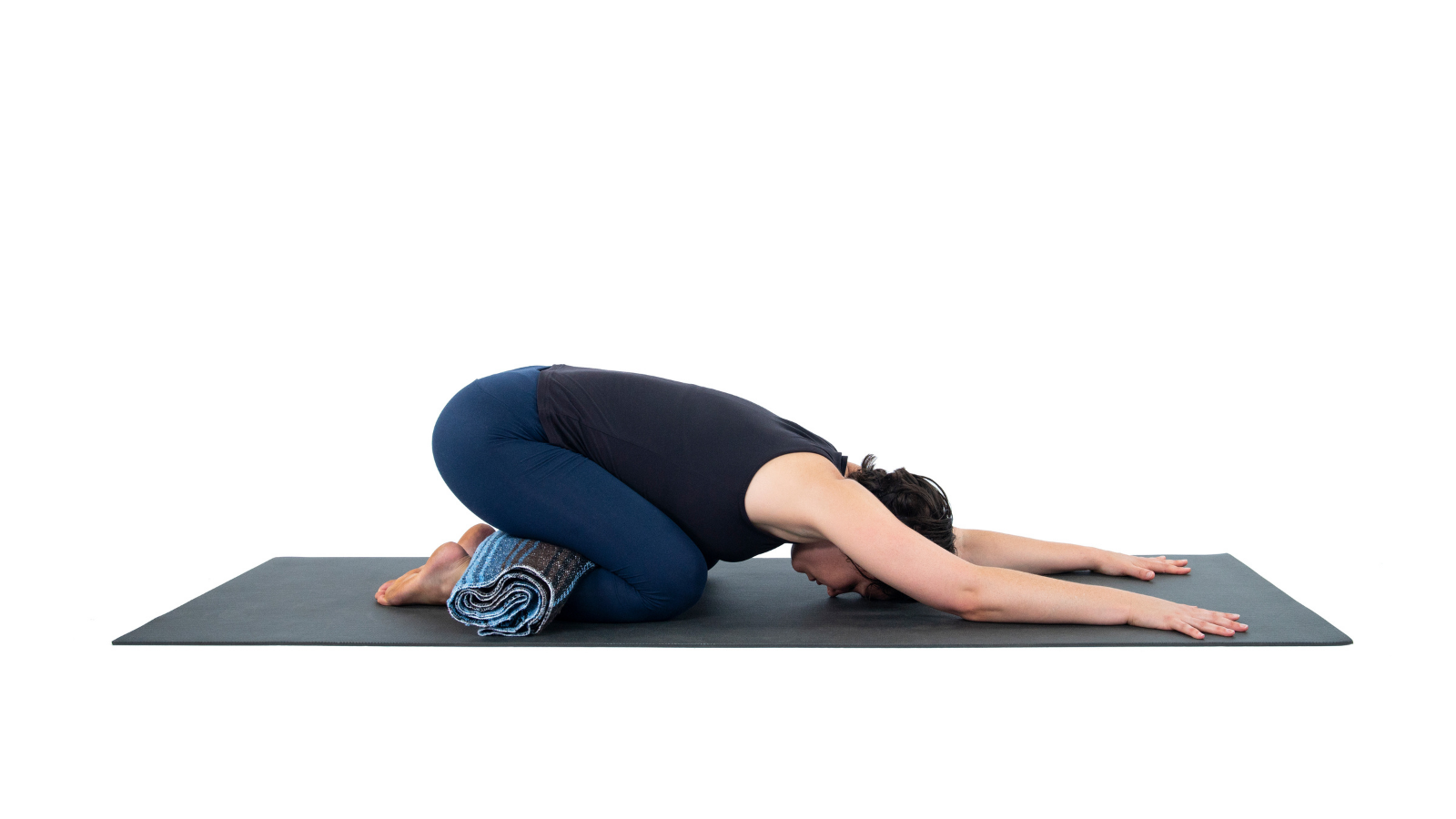
Breathing consciously can affect the stress response. Consciously deepening, slowing down, and finding a relaxed rhythm for your breath can reduce your body’s stress response. In fact, a key component of advancing in one’s yoga practice is the ability to maintain a smooth, steady breath even in the face of executing something difficult.
3. Acknowledge Your Unalterable Limits in Certain Poses, and Set Your Goals Accordingly
In the longer-term level of your practice, a few particular ingredients can help you create your best practice: objectivity, anatomical knowledge, and yogic detachment. I can describe a few particular aspects of my practice as illustrative examples. Genetics gives me a rather flexible back. With that and a long torso, backbends have always come naturally to me. My challenge in those poses is to find grounding, stability, and the wisdom to sometimes come out slightly (not go to my full structural limit) in order to not strain involved muscles.
A long torso and short, sturdy legs also make arm balances no big challenge for me most of the time. (I’m still working on that tricky Hurdler Pose (Koundinyasana II)!) At the same time, that structural proportion in my body (length of legs as compared with the length of the torso) makes Swan Pose (Hamsasana) fully inaccessible to me. I could get upset and try to touch my feet to the back of my head for ages, perhaps in the process straining my back and causing myself physical pain. Or I could recognize that there are many, many other poses out there with which to challenge myself. In truth, there are more of them than I could ever practice on any kind of regular basis. So why get upset? Humbly, I attest that I’m far enough along on my yogic journey to respond the latter way.
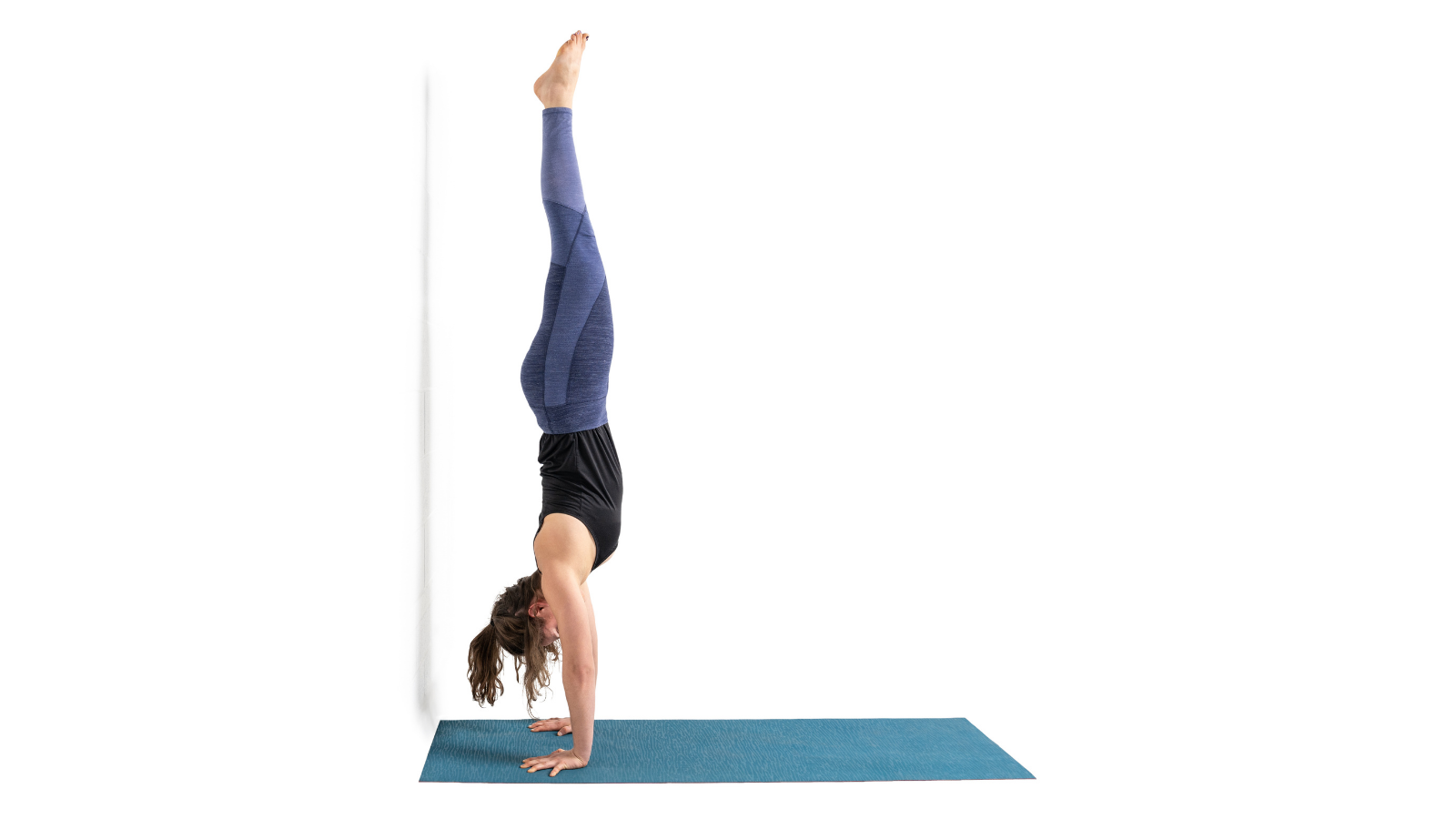
A similar dynamic is at work for me with inversions. I have never, ever enjoyed Headstand Pose. It always feels like I’m crushing my neck. Handstand Pose (Adho Mukha Vrksasana) (above), however, is a fun challenge for me. It’s a goal for me to be able to stay up in the pose for longer, with more stability and ease. This is my inversion focus, rather than Headstand, which doesn’t feel right for me. I learned from Master Teacher Alexandria Crow that the pose likely doesn’t feel right for me because of my short humeri (upper arm bones), which come with my short height.
She also shared the analogy that there’s no “Skeleton Store” where one can buy new skeletal parts. So each of us has inalterable challenges and limits in our practice. Yet again, there’s so much else to explore and refine in yoga practice. So why not focus on what’s possible? That’s a practical and positive way to make your yoga practice your own.
Also, read...
Teaching Svadhyaya: 3 Ways to Encourage Self-Study in Yoga
In Celebration of Gray-Haired Yoga – Busting the Myth of the Yoga Body
Related courses
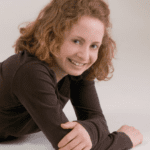
Kathryn Boland is an RCYT and R-DMT (Registered Dance/Movement Therapist). She is originally from Rhode Island, attended The George Washington University (Washington, DC) for an undergraduate degree in Dance (where she first encountered yoga), and Lesley University for an MA in Clinical Mental Health Counseling, Expressive Therapies: Dance/Movement Therapy. She has taught yoga to diverse populations in varied locations. As a dancer, she has always loved to keep moving and flowing in practicing more active Vinyasa-style forms. Her interests have recently evolved to include Yin and therapeutic yoga, and aligning those forms with Laban Movement Analysis to serve the needs of various groups (such as Alzheimer’s Disease patients, children diagnosed with ADHD, PTSD-afflicted veterans – all of which are demographically expanding). She believes in finding the opportunity within every adversity, and doing all that she can to help others live with a bit more breath and flow!



